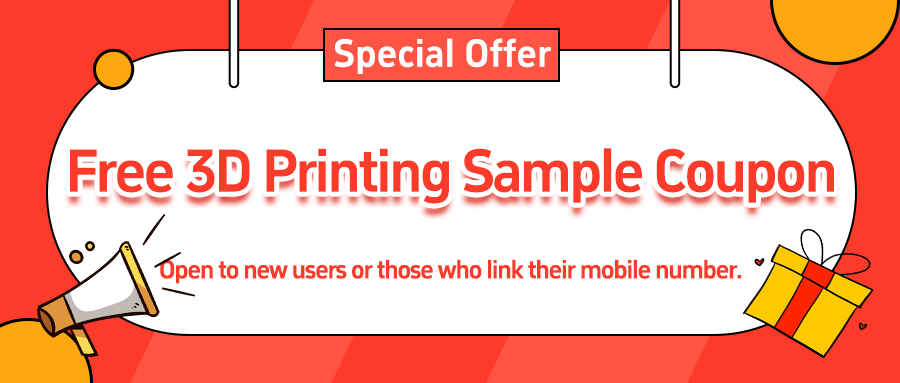

3D printing, often called additive manufacturing, has changed the way we dream up, build, and sell products. This is especially true for computer peripherals—things like keyboards, mice, and headsets that help us interact with technology. People want designs that feel good, projects that move fast, and products made just for them. That’s where 3D printing services like Momaking shine, turning creative ideas into real, working devices.
How 3D Printing Meets Peripheral Design
Why Additive Manufacturing Matters for Products
3D printing creates models by stacking thin layers of material, guided by a computer. This lets you make detailed shapes with very little waste. It can produce designs that older methods can’t handle. Without needing molds early on, designers can try new ideas quickly and keep costs low.
Why Peripherals Work So Well with 3D Printing
Computer peripherals use small-to-medium parts, often made of plastic or metal, that need to look good and feel comfortable. Small 3D printers are great for individuals, hobbyists, or classrooms. They can print things like mouse covers or keyboard keys to see how they look. For precise or larger-scale work, Momaking’s high-end 3D printers deliver top-notch accuracy, handle big sizes, and work with many materials reliably.
Making Prototyping Faster with 3D Printing
Getting Products Out Quickly
In the fast world of electronics, launching products fast is a big deal. 3D printing makes prototyping quick by building items layer by layer. Designers can test new versions in just days. Unlike older methods, 3D printing speeds up checking designs and making products.
Testing with Prototypes That Feel Real
Comfort is key for peripherals. Designers can use special resins to mimic the materials of the final product. These materials are used in industries like aerospace, cars, or medical tools. They give real feedback on things like grip or key feel before spending money on molds.
Fitting Electronics into Prototypes
Today’s 3D printers can make parts precise enough to hold circuit boards or sensors. Momaking’s advanced printers are great for complex parts or even medical devices. For example, a gaming mouse prototype can have perfect spots for sensors or batteries, matching the electronics inside.


Creating Custom and Personal Designs
Building Peripherals Just for You
3D printing’s ability to make unique designs without raising costs is a big win. It lets you create products tailored to specific needs.
Keyboards and Mice That Fit Perfectly
Everyone’s hands and typing styles are different. 3D printing lets designers make custom keyboards or mice shaped for individual comfort, like split keyboards or curved mice.
Devices for Everyone
Standard peripherals don’t always work for people with disabilities or special needs. 3D printing makes it easy to create tools like one-handed keyboards or trackballs for those with limited movement. This helps more people use technology comfortably.
Scaling Up Custom Designs
Customization used to mean expensive, small batches. Momaking changes that with over 400 high-end 3D printers. We can make each product a little different without slowing things down. With 24-hour delivery, even custom orders hit tight deadlines.
Freedom to Design with 3D Printing
Cool Shapes and Lighter Products
Peripheral cases need to be light but strong. 3D printing makes this easier without losing durability.
Smart Inner Designs
3D printing supports clever designs, like lightweight inner grids that keep strength. This is great for things like VR headsets, where less weight means more comfort during long use. It also creates shapes that old methods can’t match.
Designs That Look Amazing
How a device looks can matter as much as how it works. 3D printing skips mold limits, letting designers try bold ideas. Think glowing, see-through cases with RGB lights or nature-inspired shapes that make a brand stand out.


As businesses push for faster product launches and designs made for individuals, 3D printing leads the way. It speeds up prototyping for things like car parts and boosts research through quick design changes. This works perfectly for computer peripherals too.
For designers building the next big keyboard, mouse, headset, or controller, Momaking’s easy-to-use platform gives quotes in just 3 seconds. It’s 3D printing service supports processes like SLA, SLS, MJF, and SLM for high-quality results at every step. Whether you’re tweaking comfort-focused designs or making custom accessories, Momaking’s advanced 3D printers create fine details. We are the perfect partner for rethinking peripheral design with cutting-edge 3D printing solutions.
FAQ
Q: Why is 3D printing good for making prototype computer gadgets?
A: 3D printing gets prototypes done quicker. Parts take days, not weeks. Designers can try out different versions of a mouse or keyboard. They find what feels right and works best. The printed parts can feel like the real thing. This gives good feedback before big production runs. That means less waiting. Products hit the market sooner.
Q: Can 3D printing make computer gadgets more comfortable?
A: Yes! 3D printing lets designers make gadgets just for you. Think mice shaped specially for your hand. Or split keyboards that feel better. It handles unique shapes easily. This means gadgets fit different hand sizes or how people type. They become much nicer to use.
Q: How does 3D printing help make gadgets easier for everyone to use?
A: 3D printing makes it simple to design gadgets for people who need something different. For example, it can create keyboards for one hand. Or special trackballs for users who have trouble moving. This flexibility helps more people use tech comfortably. It's about helping everyone get tech that works for them.

 中文(中国)
中文(中国) 



